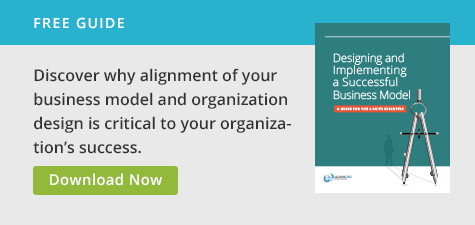When Amazon announced that it had acquired Whole Foods Market, reactions from the media and thought leaders were immediate and varied. Some applauded the breakthrough deal as a herald to a new era of online/offline synergies, while other responses amounted to variations on “What were they thinking?” and “How can we let Amazon gobble up another industry?”
On paper, the two organizations appear to have little in common. Amazon is the undisputed king of e-commerce whose wares vary from books to electronics to furniture, while Whole Foods is essentially a boutique grocery store chain with barely 2 percent market share. However, Jeff Bezos and his team have made some savvy deals in the past, so it’s doubtful that Amazon went into this acquisition without a grander strategy in mind than simply snapping up an undervalued marquis retailer.
Until that strategy unfolds, the leaders of both organizations have a more immediate challenge before them: figuring out how to blend the two companies in a way that leverages the strengths of each. As we discuss in our book, Mastering the Cube: Overcoming Stumbling Blocks and Building an Organization that Works, the key to successfully merging organizations — however similar or disparate they may be — lies in a three-tiered approach that begins with strategy, then moves on to capabilities and finally to choices.
Level 1: Strategy
One of the reasons why many M&As fail is that before the ink is even dry on the contract, leaders jump into choice-focused questions such as “How do we combine employee benefit plans?” and “How do we integrate our distribution network?”
For an acquisition to be successful, the alignment process must begin on the strategic level. Returning to the Amazon example, leaders on each side must gain a thorough understanding of the other’s strategies — “How do we intend to win and differentiate in our respective market places?” Sometimes, the key to a successful merger is not maintaining distinct market place strategies but charting a single, combined strategy that will set your organization apart from competitors. As with Amazon/Whole Foods, leaders can move on to develop a strategy for the combined entity that will serve as a guideline for aligning the organization’s combined capabilities and choices.
Level 2: Capabilities
Once strategy has been determined and agreed upon, leaders can move on to analyzing the capabilities of each organization. This is where we would address questions along the lines of “Which of Amazon’s capabilities are better than anyone else’s?” and “What is Whole Foods’ greatest competitive advantage?” For example, Amazon is known for its world-class logistics, distribution system and network, whereas Whole Foods is known for creating a unique grocery shopping experience featuring distinctive, high-quality, organic foods and wellness products.
From there, we can move on to determining how this new organization can best leverage the strengths of each party. This is where Amazon’s and Whole Foods’ leaders can begin designing a unique capabilities offering that key competitors such as Walmart, Kroger, eBay, and others would be hard-pressed to match.
Level 3: Choices
With a strategy firmly in place and new or combined capabilities defined, leaders can move on to the third level of organizational blending: the individual choices that allow the new organization’s actions to align with its strategy.
This is where day-to-day decisions like hiring come into play. Amazon’s workforce encompasses a vast array of job types, from blue-collar warehouse personnel to software engineers to high-level analysts. Whole Foods, for its part, hires buyers, store employees, delivery people, and food safety engineers, just to name a few. One might imagine that these disparate personnel profiles have given rise to equally disparate hiring processes … so how can they be reconciled? This is just one of the choice-focused areas where leaders of the two organizations must come to a decision as the acquisition takes shape.
The key is to make choices that are aligned to the combined organization’s strategy and that will enable the strategic capabilities needed to beat the competition.
What’s Next
As to what comes next in the Amazon-Whole Foods acquisition, we will have to wait and see. On one hand, the leaders of both organizations have the opportunity to revolutionize the retail industry and create a model for future e-commerce M&As. If, however, the right decisions are not made in the right order — that is, if they fail to follow the progression from strategy to capabilities to choices — Amazon could wind up with nothing more than a boutique grocery-chain subsidiary.
If your organization is facing a merger or acquisition — even if it’s nowhere near the level of the Amazon-Whole Foods megadeal — your leadership faces the same three levels of decision making. Will you allow yourself to be bogged down immediately by choice-level issues? Or will you address strategy first, providing structure and direction for all decisions that follow and dramatically increase your chances of success?






